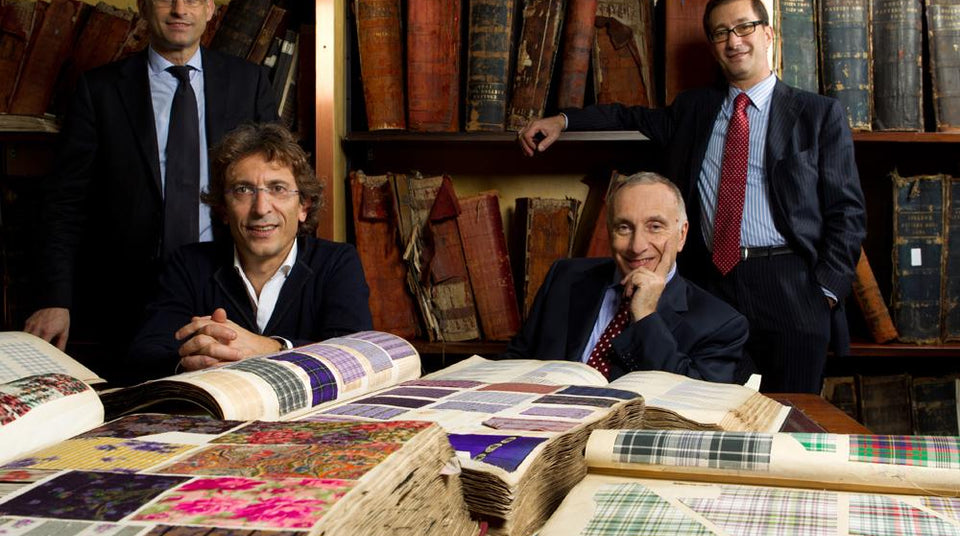A trip To Albini: How Cotton Is Made

A shirt is only as great as the quality of its fabric and for the finest cottons in the world we turn to Albini, a 140 year-old family-run mill situated in Bergamo, Italy.
The historic Albini Group has been creating incomparable fabrics since its inception in 1876. Albini’s dedicated experts select precious raw materials and are consistently searching for the finest quality cotton, such as the ultra-rare Egyptian Giza cotton. Each year, the Albini group manufactures more than 20,000 variants of fabric, from long-staple poplin to West Indian Sea Island.
What’s more impressive, however, is the stringent process the company has in place to produce such extraordinary results. Read on for a step-by-step guide on how Albini’s coveted cotton is made.
A Trip To Albini from Turnbull & Asser on Vimeo.
SPINNING
The first step sees the cotton staples ‘spun’ – flaked, carded, combed, sorted, pressed, stretched, pressed again and twisted – into lengthy yarn that is smooth and durable with minimum hairiness. This is then pressed and twisted to bind the fibres together.

DYEING
Dyeing cotton can take between eight and 12 hours. The yarn must first be treated to remove impurities and is then put into an autoclave machine before being washed, oxidized and the extra dye eliminated. Lastly it is dried using a combination of centrifuge and radio frequency.

WEAVING
Fabric reams are created by intersecting two yarns: a vertical warp and horizontal weft, lined up perfectly on frames to incorporate patterns and multiple colours. The weaving itself is done on a huge moving loom.

FINISHING
Here comes the re-purification of the cotton: oils, waxes and residues produced in prior stages are expelled while the hairy surface fibres are burnt off to create a smooth texture. Steaming ‘fixes’ the colour and prints and other temperature treatments are applied to ensure the fibre doesn’t shrink.

FINAL CHECKS
Once finished the fabric is checked for defects through a series of physical and chemical tests that monitor how the fabric reacts to washing, rubbing and perspiration as well as its resistance to abrasion and tearing.

Top image from the left: Andrea Albini, Fabio Albini, Silvio Albini (President), Stefano Albini.



